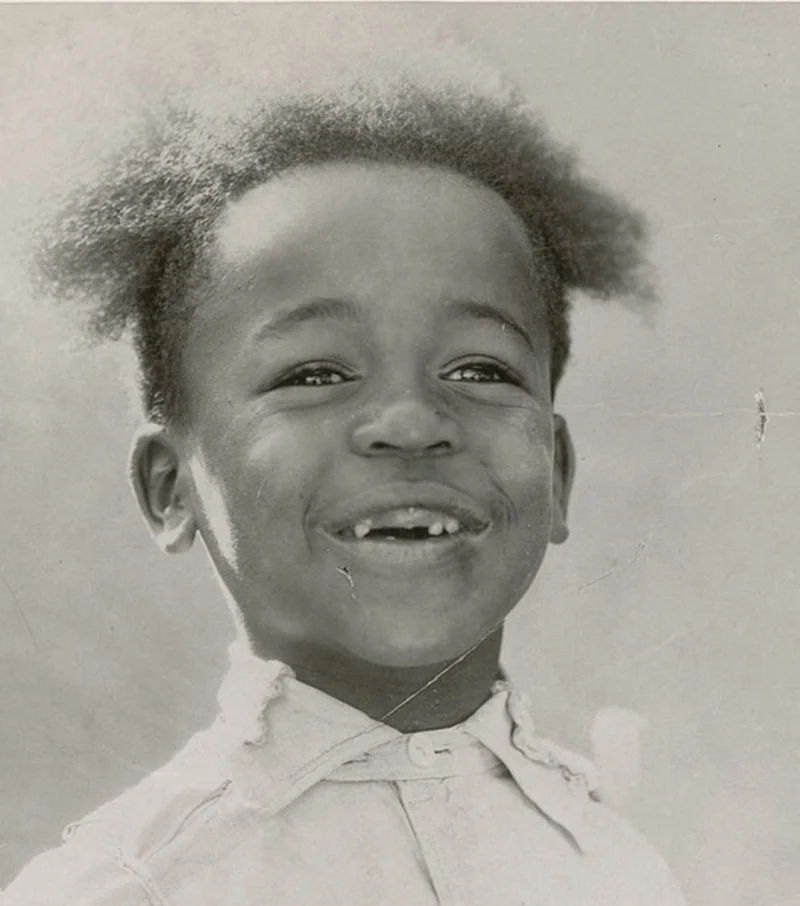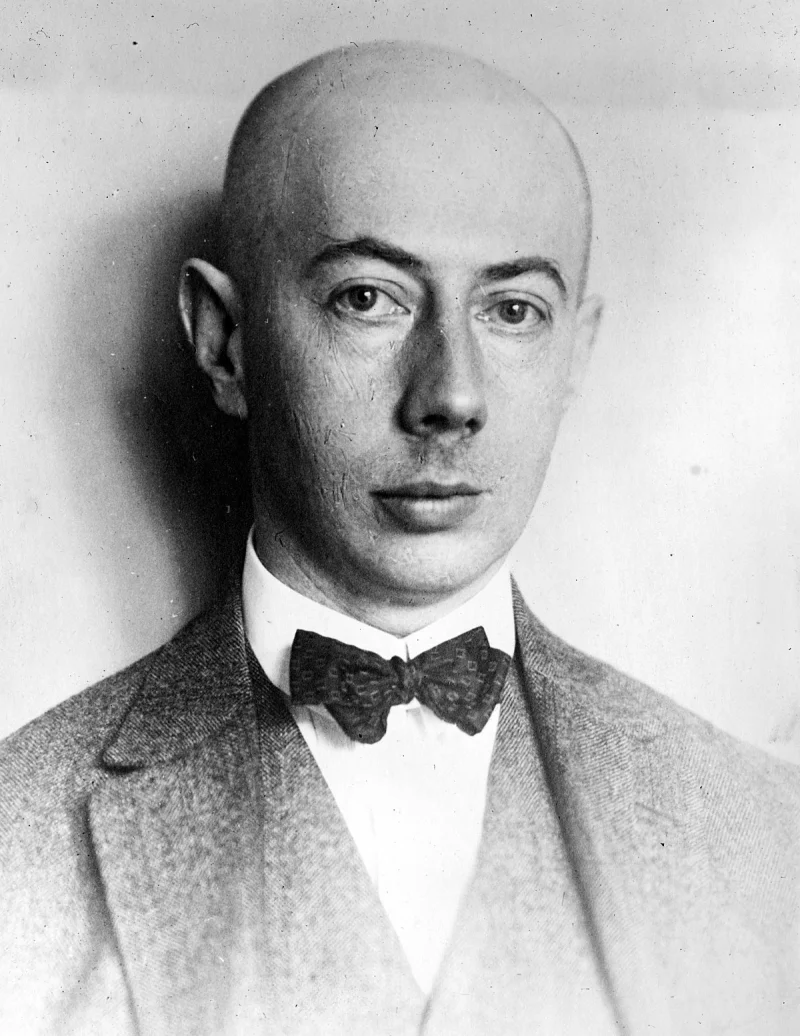Short Summary
Pierre Curie was a pioneering French physicist known for his groundbreaking work in radioactivity and crystallography. He achieved worldwide recognition through his collaboration with his wife, Marie Curie, which led to the discovery of the elements polonium and radium. His contributions to the understanding of magnetism and radioactivity have had a profound impact on modern physics and chemistry, earning him a Nobel Prize in Physics in 1903.
Early Life & Education
Born on May 15, 1859, in Paris, France, Pierre Curie was the son of a physician, Eugène Curie, and Sophie-Claire Depouilly. From an early age, he displayed a keen interest in science and mathematics. Receiving his initial education at home, he later attended the Faculty of Sciences at the Sorbonne in Paris. At the age of 16, he obtained his Bachelor of Science degree, and by 18, he earned his Licentiate in Physics. His early exposure to scientific inquiry and his family's encouragement played a crucial role in shaping his future pursuits.
Career Highlights
Curie's academic career began as a laboratory assistant at the School of Physics and Chemistry in Paris. In 1880, he discovered piezoelectricity with his brother Jacques, a phenomenon where certain crystals generate an electrical charge under mechanical stress. His exploration of magnetism led to the formulation of Curie’s Law and the concept of the Curie point, which describes the temperature at which magnetic materials lose their permanent magnetic properties. His partnership with Marie Skłodowska, whom he married in 1895, was instrumental in their joint research on radioactivity, leading to the discovery of polonium and radium.
Major Achievements
- Discovery of piezoelectricity with his brother Jacques, revolutionizing the understanding of crystal properties.
- Formulation of Curie’s Law and the Curie point, crucial to the study of magnetism.
- Collaborative discovery of polonium and radium, contributing to the field of radioactivity.
- Awarded the Nobel Prize in Physics in 1903, shared with Marie Curie and Henri Becquerel, for their joint research on radiation phenomena.
Famous Quotes
- "It would be a fine thing, in which I hardly dare believe, to pass our lives near each other hypnotized by our dreams: your patriotic dream, our humanitarian dream, and our scientific dream."
- "I am among those who think that science has great beauty."
Interesting Facts
- Pierre and Marie Curie’s laboratory was a converted shed with poor ventilation and primitive equipment.
- He initially hesitated to marry Marie Curie, fearing it would distract from their scientific work.
- Despite his significant contributions, he was often overshadowed by Marie Curie's later achievements.
- He tragically died in a street accident in Paris in 1906.
Legacy / Influence
Pierre Curie's work laid the foundation for future research in radioactivity and magnetism. His discoveries have had enduring implications in various fields, including medicine, where radioactivity is utilized in cancer treatments. The Curie legacy continues to influence scientific inquiry and innovation, inspiring generations of physicists and chemists.
FAQ
Q: Why is Pierre Curie famous?
A: He is renowned for his contributions to radioactivity and magnetism, including the discovery of polonium and radium.
Q: What was Pierre Curie’s major scientific collaboration?
A: His most significant collaboration was with his wife, Marie Curie, in their research on radioactivity.
Q: Did Pierre Curie win any awards?
A: Yes, he was awarded the Nobel Prize in Physics in 1903, shared with Marie Curie and Henri Becquerel.













